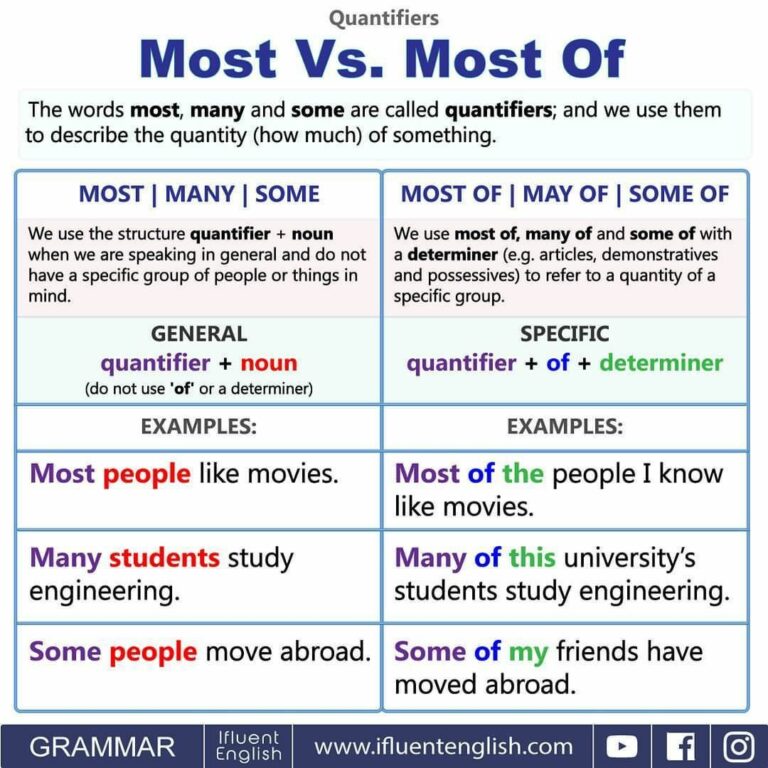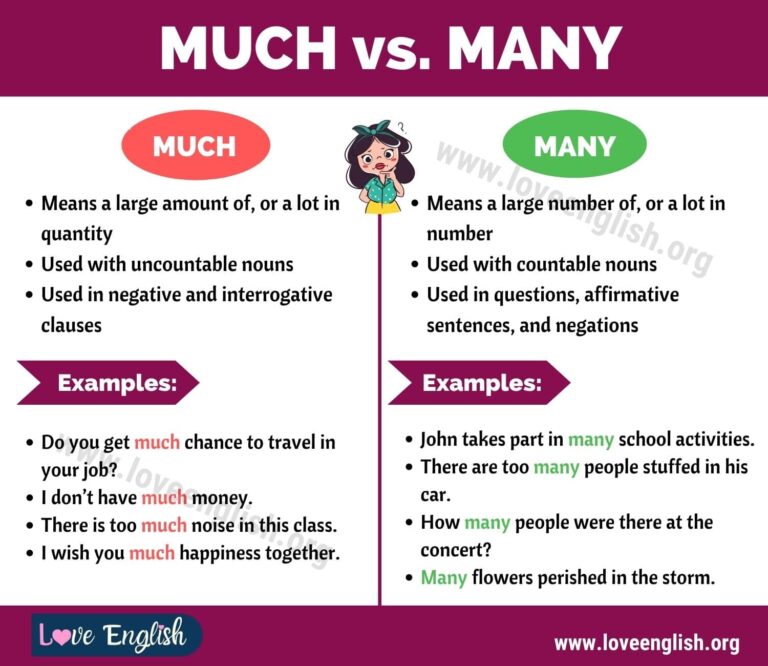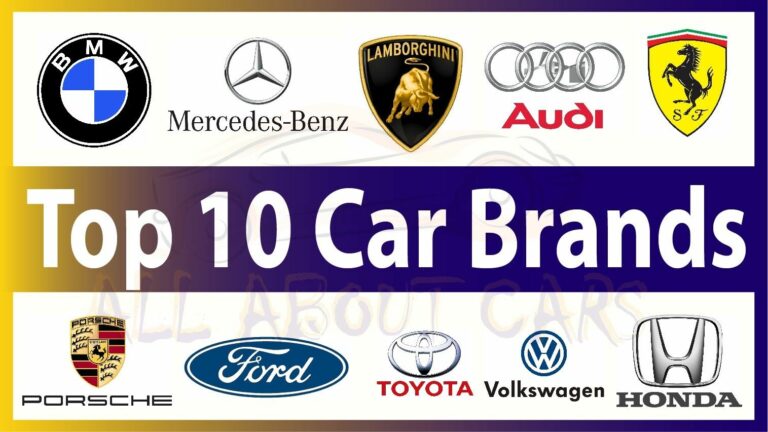Best Car Window Tint Brand: A Comprehensive Guide to Choosing the Right Film for Your Vehicle
Best Car Window Tint Brand: A Comprehensive Guide to Choosing the Right Film for Your Vehicle cars.truckstrend.com
Car window tinting is more than just an aesthetic upgrade; it’s a practical investment that enhances comfort, privacy, and protection for you and your vehicle. From blocking harmful UV rays and reducing interior heat to improving shatter resistance and preventing prying eyes, the benefits of quality window tint are undeniable. However, with a multitude of brands and film types on the market, determining the "Best Car Window Tint Brand" can be a daunting task. This comprehensive guide will dissect the world of window tinting, helping you understand what makes a brand superior and how to select the perfect film for your needs.
Understanding Car Window Tints: Beyond Just Darkness
Best Car Window Tint Brand: A Comprehensive Guide to Choosing the Right Film for Your Vehicle
Before diving into specific brands, it’s crucial to understand the different types of window tint films available. The "best" film isn’t necessarily the darkest; it’s the one that best meets your performance, durability, and budget requirements.
- Dyed Film: This is the most basic and economical option. It’s made by infusing dye into the film, primarily offering privacy and some glare reduction. Its main drawbacks are lower heat rejection capabilities and a tendency to fade or turn purple over time, especially with prolonged sun exposure.
- Metallized Film: These films incorporate tiny metallic particles within the film layers. The metal reflects heat and UV rays, providing superior heat rejection and durability compared to dyed films. However, the metallic content can interfere with electronic signals like GPS, radio, and cell phone reception, which is a significant consideration for modern vehicles.
- Carbon Film: Made with carbon particles, this film offers a deep, matte black finish that won’t fade. Carbon films provide excellent heat rejection and UV protection without the signal interference issues associated with metallized films. They are also more durable and resistant to scratches.
- Ceramic Film: Considered the premium standard, ceramic films contain non-conductive ceramic particles. These films offer the highest level of heat rejection (including infrared), superior UV protection, excellent clarity, and remarkable durability. Crucially, they do not interfere with electronic signals, making them ideal for high-tech vehicles. They are also highly resistant to fading and maintain their color integrity for years.
- Hybrid Film: As the name suggests, these films combine elements of different types, often dyed and metallized layers, to offer a balance of benefits at a more moderate price point.
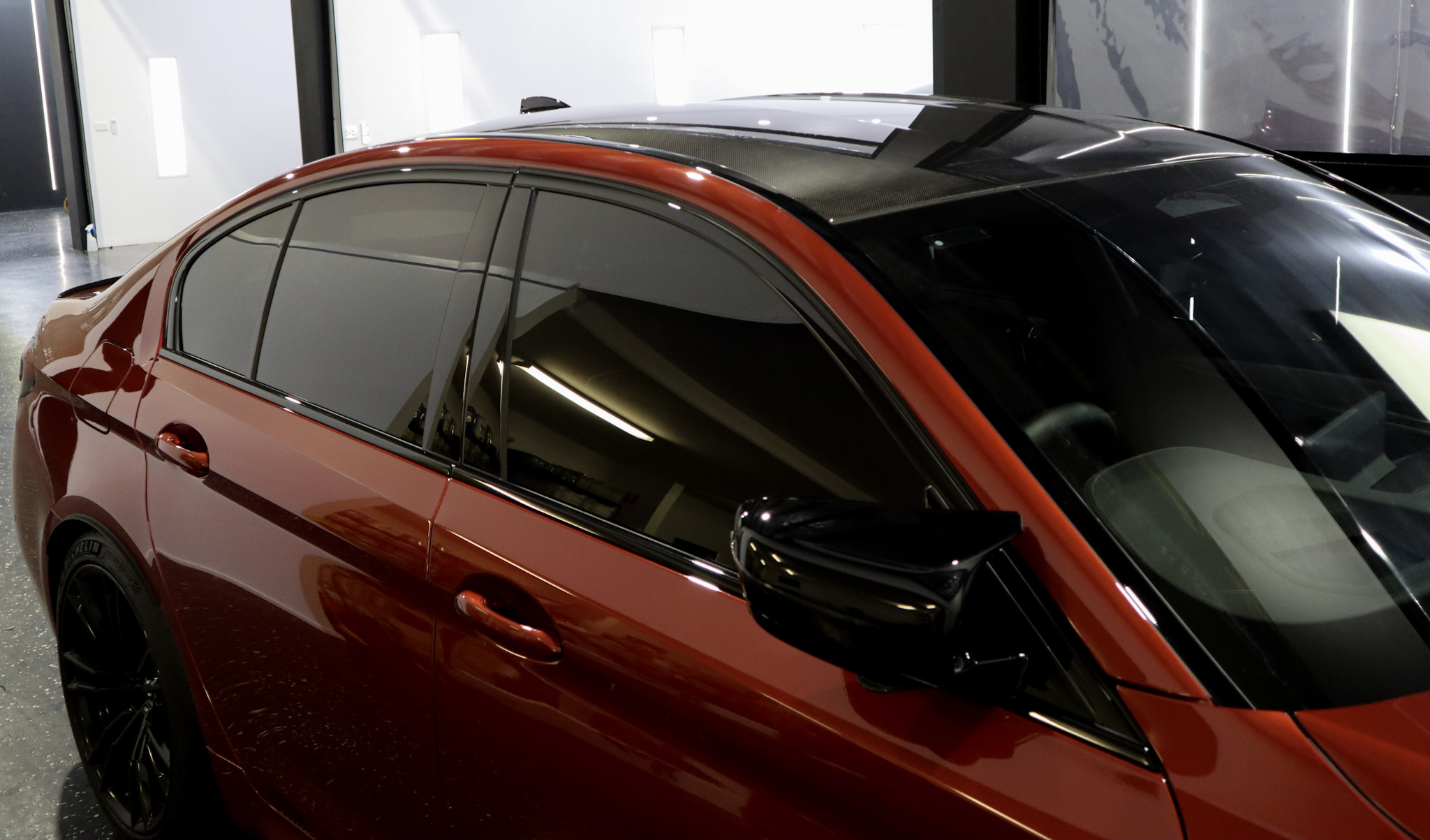
Visible Light Transmission (VLT): This metric indicates how much visible light passes through the tint. A lower VLT percentage means a darker tint (e.g., 5% VLT is very dark, 70% VLT is very light). It’s vital to know your local VLT laws, as they vary significantly by state and country.
Key Factors Defining a "Best" Tint Brand
When evaluating which brand stands out, consider these critical performance and quality indicators:
- Performance (Heat Rejection & UV Blockage): This is paramount. Look for the Total Solar Energy Rejected (TSER) percentage, which measures how much solar energy the film blocks. High TSER numbers (e.g., 50-70% for premium films) indicate superior heat reduction. Also, aim for films that block 99% or more of harmful UVA and UVB rays to protect your skin and vehicle interior.
- Durability and Longevity: A quality tint should resist bubbling, peeling, cracking, and fading. Look for multi-layered construction and scratch-resistant coatings. A strong, transferable warranty is a testament to a brand’s confidence in its product’s lifespan.
- Clarity and Optical Quality: The best tints offer crystal-clear visibility from inside the vehicle with no haziness, distortion, or "orange peel" effect. This is especially important for night driving and overall driving safety.
- Signal Friendliness: For vehicles equipped with GPS, satellite radio, mobile Wi-Fi, or keyless entry systems, a non-metallic film (carbon or ceramic) is essential to avoid signal interference.
- Aesthetics: A consistent, deep, non-reflective color that complements your vehicle’s appearance is desirable. Premium films often have a richer, more natural look.
- Reputation and Warranty: Established brands with a long history of innovation and customer satisfaction are generally more reliable. A comprehensive lifetime warranty on the film (and sometimes the installation) provides peace of mind.
- Ease of Installation (for professionals): While you won’t be installing it yourself, films designed for easier, cleaner application often result in a better finished product from a professional installer.
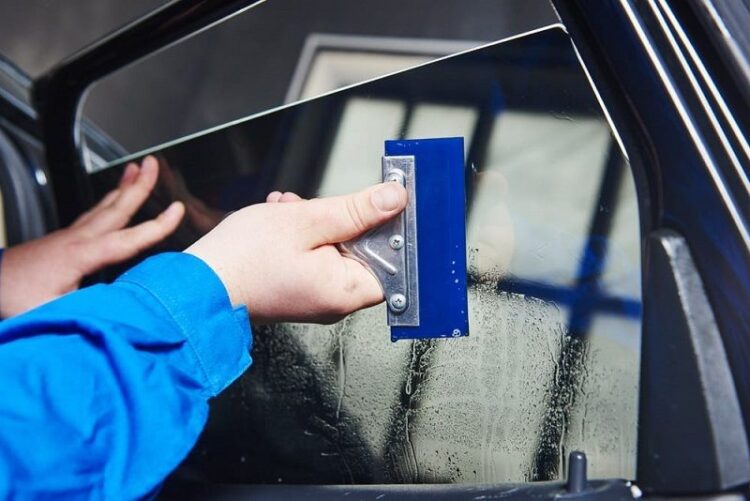
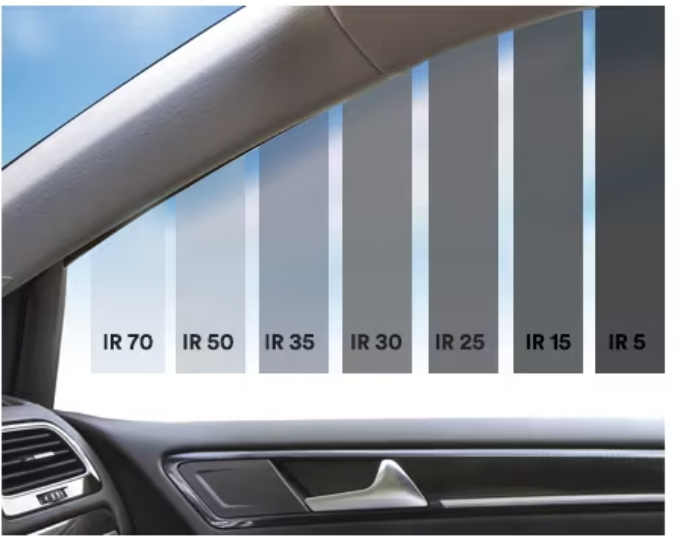
Top Contenders for "Best Car Window Tint Brand"
Based on the criteria above, several brands consistently rank at the top for their quality, performance, and innovation.
-
3M: A global science and technology giant, 3M is a pioneer in window film technology.
- Crystalline Series: Their flagship, non-metallized, multi-layered optical film (MOF) offers incredible heat rejection (up to 60% TSER) and 99.9% UV protection while being virtually clear. It’s premium-priced but unmatched in performance without darkening the windows significantly.
- Ceramic IR Series: A high-performance ceramic film offering excellent heat rejection and clarity, without signal interference.
- FX Premium Series: A more affordable, dyed film that provides good privacy and basic UV protection.
- Why they stand out: Unrivaled R&D, extensive product lines, and a strong global reputation backed by comprehensive warranties.
-
XPEL: While famous for paint protection film (PPF), XPEL has rapidly become a top-tier tint brand.
- Prime XR Plus: Their premium ceramic line, offering exceptional TSER (up to 68%), 99% UV rejection, and excellent clarity. It also boasts hydrophobic properties.
- Prime XR: A high-performance ceramic film with excellent heat and UV rejection, a slightly more accessible price point than XR Plus.
- Why they stand out: Cutting-edge ceramic technology, lifetime transferable warranty, and a strong network of certified installers.
-
Llumar (Eastman Chemical Company): One of the most recognized and widely available tint brands, known for its diverse range of high-quality films.
- IRX Series: An advanced ceramic film offering superior infrared heat rejection and clarity.
- CTX Series: A popular ceramic film known for its balance of performance, clarity, and signal-friendliness.
- ATR Series: A hybrid metallized film offering good heat rejection at a competitive price.
- Why they stand out: Broad product portfolio catering to various budgets and needs, extensive dealer network, and reliable performance.
-
Hüper Optik: Specializes in multi-layered ceramic and spectrally selective films.
- Ceramic Series: Known for very high heat rejection and low reflectivity, maintaining a natural appearance. Often considered among the best for energy efficiency.
- Why they stand out: Focus on advanced ceramic technology, superior solar control, and durability, often at a higher price point.
-
Suntek (Eastman Chemical Company): Another strong contender from Eastman, offering excellent value.
- Evolve Series: Suntek’s top-tier ceramic film, providing exceptional TSER and a deep, rich black color.
- CXP Series: A popular carbon-based film offering good heat rejection and a non-fading deep black, without signal interference.
- Why they stand out: Competitive pricing for advanced technology, good performance across their range, and a reputable warranty.
Choosing the Right Tint for Your Needs: A Practical Guide
Selecting the "best" tint involves aligning brand capabilities with your personal requirements:
- Define Your Budget: Tint prices vary significantly. Decide if you want a basic privacy film or are willing to invest in premium ceramic for maximum performance.
- Consider Your Climate: If you live in a hot, sunny region, investing in a high-TSER ceramic or Crystalline film will provide the most comfort and protection.
- Check Local Laws: Research your state’s or country’s VLT regulations for all windows (front, rear, side) to ensure legal compliance.
- Assess Your Vehicle’s Electronics: If your car is packed with GPS, satellite radio, or advanced driver-assistance systems (ADAS), opt for carbon or ceramic films to avoid signal interference.
- Prioritize Benefits: Is privacy your main goal? Or is it heat rejection, UV protection, glare reduction, or a combination? Your priorities will guide your film choice.
- Always Opt for Professional Installation: This is non-negotiable. Even the best film will look terrible and perform poorly if installed incorrectly. A professional installer has the clean environment, specialized tools, and expertise to ensure a flawless, bubble-free, and long-lasting application. They can also advise on legal VLTs and provide warranty information.
Installation & Maintenance: Maximizing Your Tint’s Lifespan
- The Importance of Professional Installation: DIY tinting often leads to bubbles, creases, dust trapped under the film, and improper cuts. Certified installers from reputable shops are trained by the film manufacturers, ensuring adherence to strict application protocols. They also offer warranties on their workmanship, which is crucial.
- Post-Installation Care: After tinting, your windows will need a "curing" period, typically 3-5 days (longer in colder climates). During this time, avoid rolling down the windows to allow the adhesive to fully bond.
- Cleaning Tinted Windows: Use only ammonia-free glass cleaners (ammonia can damage tint) and a soft microfiber cloth. Spray the cleaner directly onto the cloth, not the window, to prevent overspray from getting into window mechanisms.
- Recognizing Issues: If you notice excessive bubbling (beyond small water pockets that disappear during curing), peeling, or significant color change, contact your installer and the film manufacturer immediately to inquire about warranty claims.
Potential Challenges and Solutions
- Legal Compliance: The biggest challenge is ensuring your chosen tint adheres to local laws.
- Solution: Discuss VLT regulations with your installer, who should be knowledgeable about local laws. Request a VLT meter reading after installation if you’re concerned.
- Cost: High-performance ceramic and crystalline films are a significant investment.
- Solution: View it as a long-term investment in comfort, protection, and potentially resale value. Consider different film tiers within reputable brands to find a balance between performance and budget.
- Signal Interference: Metallic films can cause issues.
- Solution: Stick to carbon or ceramic films for vehicles with sensitive electronics.
- Poor Installation: Bubbles, creases, peeling edges, or trapped debris.
- Solution: Research installers thoroughly. Look for certifications, read reviews, ask for references, and ensure they offer a warranty on their labor in addition to the film’s warranty.
Table Price: Estimated Costs for Best Car Window Tint Brands
Below is an estimated price range for a full car (sedan, excluding windshield) using various film types from top brands. Prices are highly variable based on location, installer, vehicle type (SUV/Trucks are typically more expensive), and specific film series. Always get a custom quote.
| Brand | Film Series (Type) | Key Features | Estimated Price Range (Sedan, Full Car) | Warranty |
|---|---|---|---|---|
| 3M | Crystalline (Premium Ceramic) | Highest heat rejection, virtually clear, no signal interference, superior UV. | $600 – $1200+ | Lifetime |
| 3M | Ceramic IR (Ceramic) | Excellent heat & UV, good clarity, no signal interference. | $400 – $800 | Lifetime |
| 3M | FX Premium (Dyed/Hybrid) | Basic privacy, some UV/heat, economical. | $200 – $400 | Limited Lifetime |
| XPEL | Prime XR Plus (Premium Ceramic) | Top-tier TSER, crystal clarity, hydrophobic properties. | $700 – $1300+ | Lifetime |
| XPEL | Prime XR (Ceramic) | High heat rejection, great clarity, good value. | $500 – $900 | Lifetime |
| Llumar | IRX (Advanced Ceramic) | Excellent infrared rejection, high clarity. | $500 – $900 | Lifetime |
| Llumar | CTX (Ceramic) | Good heat/UV rejection, signal friendly. | $400 – $800 | Lifetime |
| Llumar | ATR (Metallized/Hybrid) | Good heat rejection, metallic look, potential signal interference. | $300 – $600 | Limited Lifetime |
| Hüper Optik | Ceramic Series (Multi-layer Ceramic) | Superior heat rejection, low reflectivity, high durability. | $700 – $1500+ | Lifetime |
| Suntek | Evolve (Premium Ceramic) | Excellent TSER, clarity, deep black, hydrophobic. | $600 – $1100 | Lifetime |
| Suntek | CXP (Carbon) | Deep black, good heat rejection, no signal interference. | $350 – $700 | Lifetime |
Disclaimer: Prices are estimated ranges for a standard sedan and can vary significantly based on your geographic location, the specific installer, vehicle size/complexity, and current market conditions. Always obtain a detailed, custom quote from a certified professional installer.
Frequently Asked Questions (FAQ)
Q1: What is VLT and why is it important?
A1: VLT stands for Visible Light Transmission, indicating the percentage of visible light that passes through the film. It’s crucial because most regions have legal limits on how dark your windows can be. Failing to comply can result in fines or having to remove the tint.
Q2: Is car window tint legal everywhere?
A2: No. Tinting laws vary significantly by state, province, or country. These laws typically dictate the maximum VLT percentage allowed for front side windows, rear side windows, and the rear windshield. Always check your local regulations before choosing a tint.
Q3: How long does car window tint last?
A3: The lifespan depends heavily on the film type and quality. Dyed films might last 3-5 years before fading. Carbon and metallized films can last 5-10 years. Premium ceramic films from reputable brands often come with a lifetime warranty, meaning they are designed to last the lifetime of the vehicle without bubbling, peeling, or significant fading.
Q4: Can I DIY car window tinting to save money?
A4: While DIY kits are available, professional installation is strongly recommended. Achieving a flawless, bubble-free, and long-lasting tint job requires specialized tools, a clean environment, and considerable skill. DIY attempts often lead to frustration, wasted money, and a poor-looking result that may need professional correction anyway.
Q5: Will tint affect my car’s electronics?
A5: Metallized window films can potentially interfere with radio, GPS, satellite radio, cellular signals, and keyless entry systems due to their metallic content. Carbon and ceramic films are non-conductive and will not cause signal interference.
Q6: How do I clean tinted windows?
A6: Always use an ammonia-free glass cleaner and a soft microfiber cloth. Ammonia can react with the tint’s adhesive, causing it to bubble, peel, or change color. Spray the cleaner onto the cloth first, then wipe the window, to avoid overspray getting into window mechanisms.
Q7: What causes bubbles in tint, and what should I do about them?
A7: Small, hazy water bubbles are normal immediately after installation and should disappear as the tint cures (dries out) over a few days or weeks. Persistent, large, or numerous bubbles, or those with trapped dirt, usually indicate poor installation or a defective film. In such cases, contact your professional installer, as it may be covered under warranty.
Q8: Is a darker tint always better for heat rejection?
A8: Not necessarily. While darker films block more visible light, their heat rejection capability depends more on the film’s construction and materials. High-performance ceramic or Crystalline films can be relatively light (higher VLT) but still block a significant amount of infrared heat and UV rays, outperforming much darker, cheaper dyed films.
Conclusion
Choosing the "Best Car Window Tint Brand" isn’t about finding a single, universally superior product, but rather identifying the brand and film type that best aligns with your specific needs, budget, and local regulations. Brands like 3M, XPEL, Llumar, Hüper Optik, and Suntek consistently lead the market due to their commitment to research, advanced materials, and robust warranties.
Ultimately, the investment in a high-quality film from a reputable brand, coupled with professional installation, will pay dividends in enhanced comfort, superior protection, improved aesthetics, and long-term satisfaction. Do your research, understand your options, and consult with certified installers to make an informed decision that will transform your driving experience for years to come.

